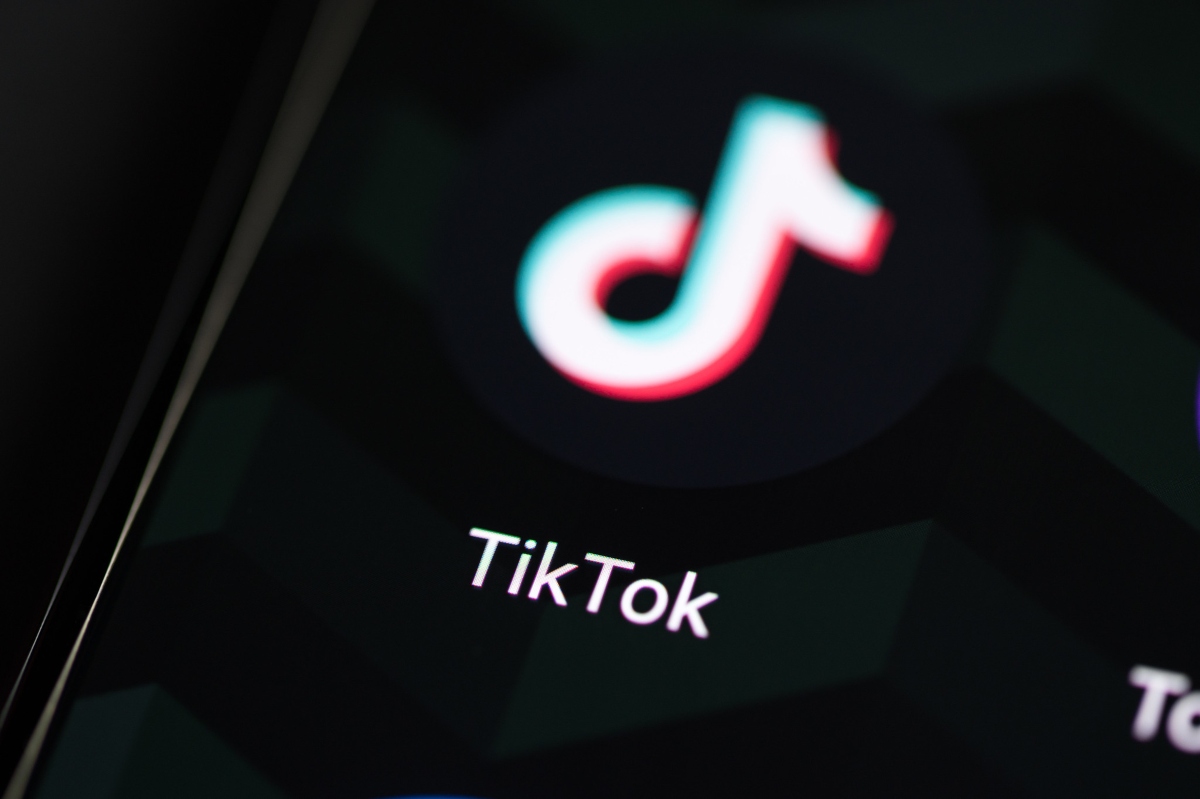Age of surveillance: Authorities now have even more control over ordinary people
12/29/2022 / By Kevin Hughes

The world is now living in the “age of surveillance.”
Cameras with facial recognition systems, satellites, street sensors, license plate readers, drones, credit cards, computers, phones, televisions, smart devices and other technologies are already watching every move that people are making.
And companies are utilizing this cascade of data to earn more money.
Way back in 2013, a group of scientists studied 15 months of human mobility movement data collected from 1.5 million people. They concluded that just four points in space and time were enough to identify 95 percent of those people.
Nearly 10 years later, surveillance technologies penetrate all aspects of people’s lives. And they gather wraps of data from everyone in different forms and often without them knowing.
China has more than 50 percent of all surveillance cameras installed in the world, with almost 34 cameras per 1,000 people.
In Australia, Sydney has 4.67 surveillance cameras per 1,000 people and Melbourne has 2.13 as of last year.
CCTV cameras can be used for legal purposes – for example, promoting safety in cities and helping police with criminal investigations. But their use can also be abused by authorities.
New South Wales police were suspected of utilizing CCTV footage combined with facial recognition to identify people attending anti-lockdown protests last year.
The United Nations also confirmed that CCTV is being utilized to perform “serious human rights violations” against Uyghur and other principally Muslim ethnic minorities in the Xinjiang area of northwest China. Many CCTV cameras in China are also equipped with facial recognition, with some reportedly being tested to detect emotions.
The United States also has a long history of employing CCTV cameras to aid racist policing practices. Amnesty International reported that neighborhoods with a large percentage of non-white residents have more CCTV cameras.
Another issue with CCTV is security as many of these cameras don’t have password protection and can be easily accessed online.
Billions of IoT devices used by Big Tech for “surveillance capitalism”
Like CCTV cameras, an internet of things (IoT) device are easy to hack into. An IoT device is any device that can connect people to a wireless network to function, including smart home devices such as Amazon Echo or Google Dot, a baby monitor or even smart traffic lights. (Related: “Smart” homes are just modern-day surveillance systems that spy on you and share all your audio and video with police and the FBI.)
Worldwide spending on IoT devices is expected to reach $1.2 trillion this year. About 18 billion related devices form the IoT network.
Businesses can also use data collected through IoT devices to target customers with products and services. IoT-collected data can also be transferred with third parties through data partnerships without customers’ direct consent.
For Big Tech companies, collecting users’ personal information is a normal practice. The more information they collect, the more money they get.
This profit-making through targeted advertising is called “surveillance capitalism.”
Meta, which owns both Facebook and Instagram, nearly had $23 billion in advertising revenue in the third quarter of this year alone.
The 2021 documentary titled “The Social Dilemma” showed people how social media platforms depend on people’s psychological weaknesses to keep them online for as long as possible, measuring their actions down to the seconds they spend floating over an advertisement.
Follow Surveillance.news for more news about surveillance systems.
Watch the video below about surveillance in China.
This video is from the ScottishWatchman channel on Brighteon.com.
More related stories:
Sources include:
Submit a correction >>
Tagged Under:
Amazon, Amnesty International, Australia, big government, Big Tech, CCTV cameras, China, Facebook, Facial recognition, Glitch, Google, information tech, Instagram, Internet of Things, iot devices, living free, meta, privacy watch, surveillance, surveillance technologies, technocrats, United Nations, United States, watched
This article may contain statements that reflect the opinion of the author
RECENT NEWS & ARTICLES
COPYRIGHT © 2018 TECHGIANTS.NEWS
All content posted on this site is protected under Free Speech. TechGiants.news is not responsible for content written by contributing authors. The information on this site is provided for educational and entertainment purposes only. It is not intended as a substitute for professional advice of any kind. TechGiants.news assumes no responsibility for the use or misuse of this material. All trademarks, registered trademarks and service marks mentioned on this site are the property of their respective owners.




















